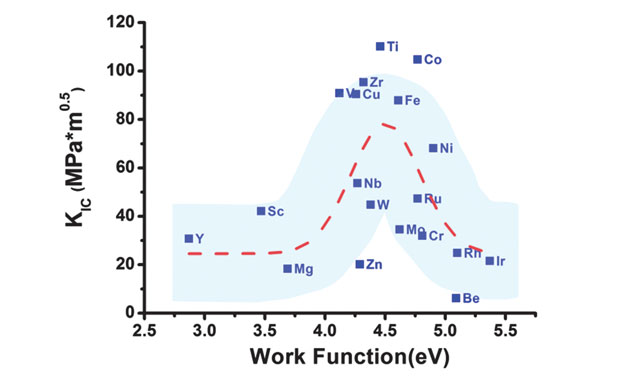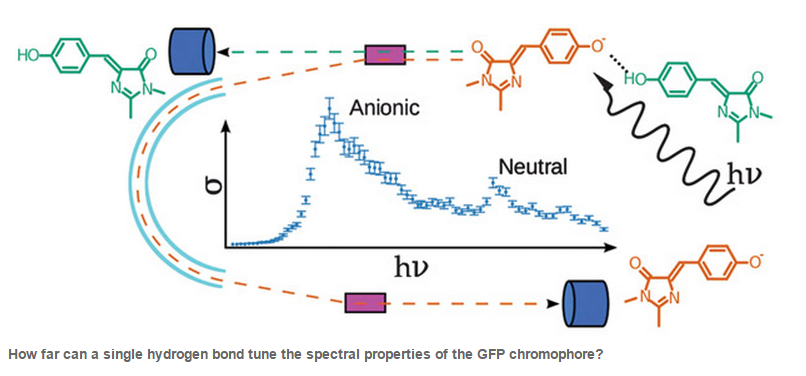Featured on the cover of Physical Chemistry Chemical Physics Issue 47, and selected as a PCCP HOT Article, “DFT exchange: sharing perspectives on the workhorse of quantum chemistry and materials science” is already receiving a great deal of attention in the community.
The perspective, the first of its kind in PCCP, and the first such on Density Functional Theory (DFT), takes the form of a roundtable discussion featuring 70 authors, many of whom are active members of PCCP’s Advisory Board. The Perspective covers the history, present status, and future of density-functional theory (DFT), and adds up to an impressive 85 pages, with 777 references. Readers are encouraged to continue the exchange of views by contacting the authors.
Of the 26 total questions discussed by the authors, the topics ranged from the nebulous “What is DFT?” to the more specific “What format should workshops and conferences take in the future?”.
An example of the at times lively debate regarding DFT comes at question 3.8, “What has DFT told us about the real world?”, in which some authors such as Vincenzo Barone even question “what is the meaning of the “real world”?”.
Many authors noted that methods for the teaching and sharing of information about DFT have diversified during the ongoing pandemic and spoke favourably of the new mixture of hybrid online and in person options for workshops and conferences.
You can read the perspective here.
PCCP is a high-impact, international journal publishing cutting-edge original work in physical chemistry, chemical physics, and biophysical chemistry. For more information and to keep up to date with latest journal news, follow our blog, Twitter, newsletter and e-TOC alerts.




































